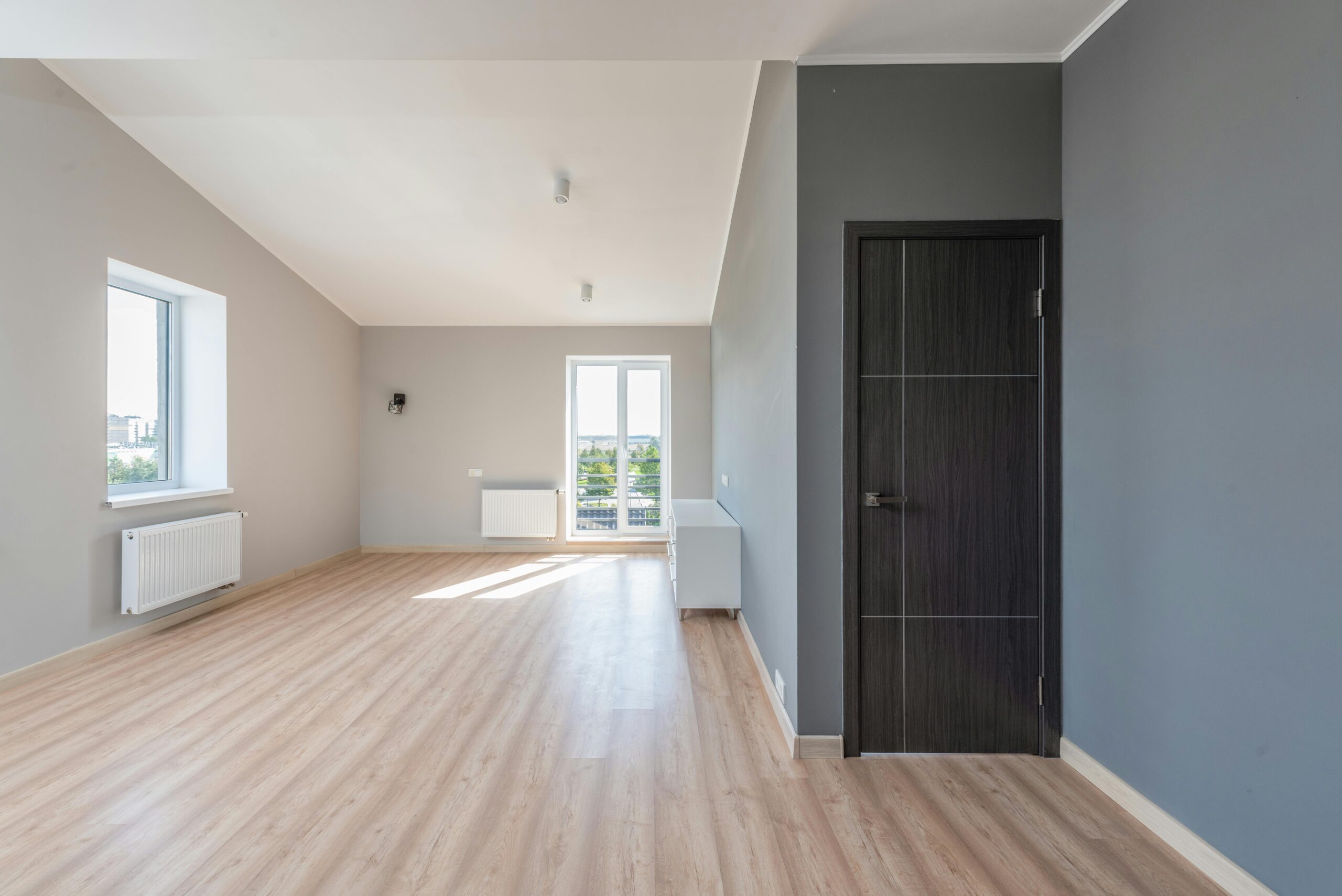Walking into a bathroom on a cold winter morning and feeling warm tile beneath your feet instead of an icy shock is one of life’s simple luxuries. Radiant floor heating systems provide this comfort by warming floors from below, creating an efficient and comfortable heating solution for homes. This article explores the different types of radiant floor heating systems available, including electric mats and hydronic tubes, along with their benefits, installation processes, and associated costs. We’ll also discuss why underfloor heating has become increasingly popular in bathrooms and other living spaces.
How Radiant Floor Heating Works
Radiant floor heating operates on a simple principle: heat rises. Unlike forced-air systems that blow heated air into a room, radiant systems warm the floor surface, which then radiates heat upward throughout the space. This creates a consistent temperature from floor to ceiling without the drafts or hot spots common with conventional heating methods. There are two primary types of radiant floor heating systems: electric and hydronic. Electric systems use resistance wiring embedded in mats or installed on mesh sheets, while hydronic systems circulate heated water through tubes installed beneath the floor. Both systems can be installed under various flooring materials, though they’re especially popular under tile due to tile’s excellent heat conductivity.
Electric vs. Hydronic Radiant Floor Heating Types
Electric radiant floor heating systems are typically easier to install and more affordable upfront. They consist of electric heating mats or cables that are laid directly beneath flooring. These systems are ideal for smaller areas like bathrooms, where underfloor heating bathroom installations create that coveted spa-like experience. Electric systems heat up quickly and provide precise temperature control, making them perfect for zones that need heat on demand. According to professionals at AskHomey, electric systems are the most common choice for retrofit projects where raising floor height is a concern.
Hydronic radiant floor heating types, on the other hand, use hot water circulated through tubing installed under the floor. These systems connect to a home’s water heater or a dedicated boiler. While hydronic systems cost more to install initially, they’re typically more economical to operate over time, especially for larger areas. The water in hydronic systems retains heat longer, providing more consistent warmth throughout the day with less energy consumption. This makes them an excellent choice for whole-house heating solutions where the higher heated floor system cost install is offset by long-term efficiency.
Benefits of Radiant Floor Heating
The comfort provided by radiant floor heating extends beyond warm feet. Since heat radiates evenly from the floor up, rooms maintain a more consistent temperature without the hot and cold spots common with forced-air heating. This even heat distribution creates a more comfortable living environment and can potentially reduce heating bills by allowing homeowners to feel comfortable at lower thermostat settings.
Energy efficiency represents another significant advantage of radiant systems. They typically operate at lower temperatures than conventional heating systems while delivering the same comfort level. Additionally, there’s no heat loss through ductwork, which can account for up to 30% of energy consumption in forced-air systems. For allergy sufferers, the absence of blowing air means fewer dust particles and allergens circulating throughout the home.
Radiant heating also offers design benefits, as the system is completely hidden beneath the floor. There are no visible radiators, vents, or baseboards to work around when arranging furniture or planning room layouts. This invisible heating solution provides more usable space and greater design flexibility.
Installation Considerations and Costs
The installation process for radiant floor heating varies depending on the system type and whether it’s being installed in new construction or as a retrofit. In new construction, hydronic tubing or electric elements are typically installed before the concrete slab is poured or between floor joists for wood subflooring. For retrofit projects, electric mats can be installed over an existing subfloor before new flooring material is laid.
The heated floor system cost install varies significantly based on several factors. Electric systems typically range from $8 to $15 per square foot installed, while hydronic systems run from $6 to $20 per square foot depending on complexity. While bathrooms remain the most popular location for radiant heating due to their smaller size and the comfort factor of warm tile underfoot, many homeowners are now extending underfloor heating to kitchens, entryways, and even entire homes.
When considering installation, flooring compatibility is crucial. While radiant heating works well under most flooring types, including tile, stone, engineered wood, and luxury vinyl, some solid hardwood floors may not be recommended due to potential warping from temperature fluctuations. Always consult with flooring manufacturers regarding compatibility with radiant heating systems.
Maintenance and Longevity
One of the most appealing aspects of radiant floor heating is its minimal maintenance requirements. Electric systems have virtually no maintenance needs and typically come with warranties of 20-25 years. Hydronic systems may require occasional maintenance of the boiler or circulating pump, but the tubing itself is designed to last 50 years or more. With proper installation, both radiant floor heating types provide reliable performance for decades.
For more tips and to connect with reliable home service professionals, follow AskHomey on Facebook and Instagram.



